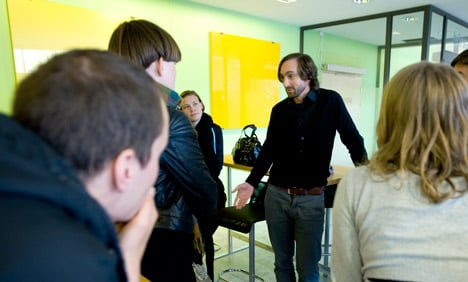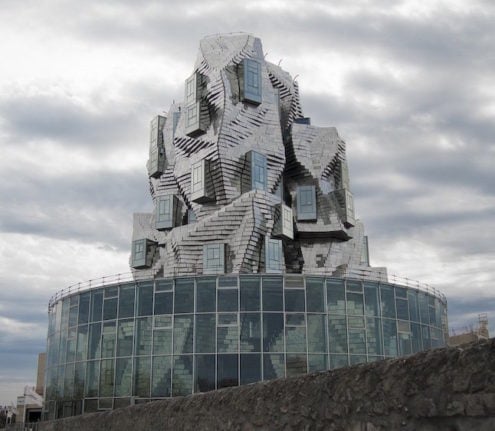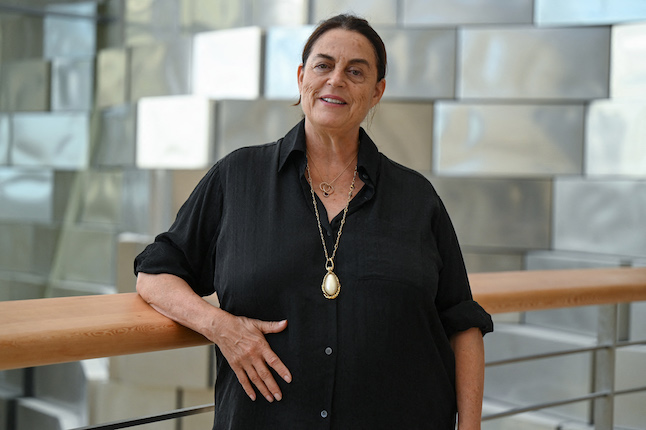Sweden's Association of Architects asked students at KTH's Arkitekturhögskolan to rank their education. Students at Chalmers in Gothenburg and at the equivalent in Lund were also invited to respond. The survey found that the education at KTH was considered the worst.
Sixty-six KTH students responded to the survey and about 70 percent said they were "not getting enough or any training at all in visualization and oral presentation". The same proportion of students also said the school was failing to teach them how to tie their architectural concepts together with actually erecting buildings.
"The school has for some time been aware that it isn't working," school spokesman Björn Hårsman told the Dagens Nyheter newspaper (DN) on Thursday.
Hårsman was asked earlier this year by the dean, Stellan Lundström, to look into why the school was foundering. The school's internal review echoed the finding by the Architects Association. Many teachers are employed two days a week and have not received adequate teacher training, Hårsman's report found. Nor are they particularly good at pointing students in the right direction in practical matters.
"It isn't rare that student don't get answers to simple questions. The teachers don't know, they know too little about the school," Hårsman said.
The dean, meanwhile, admitted they now needed to have a proper look at why the students are so unhappy.
"We clearly haven't taken the situation seriously," Lundström told the paper.




 Please whitelist us to continue reading.
Please whitelist us to continue reading.
Member comments